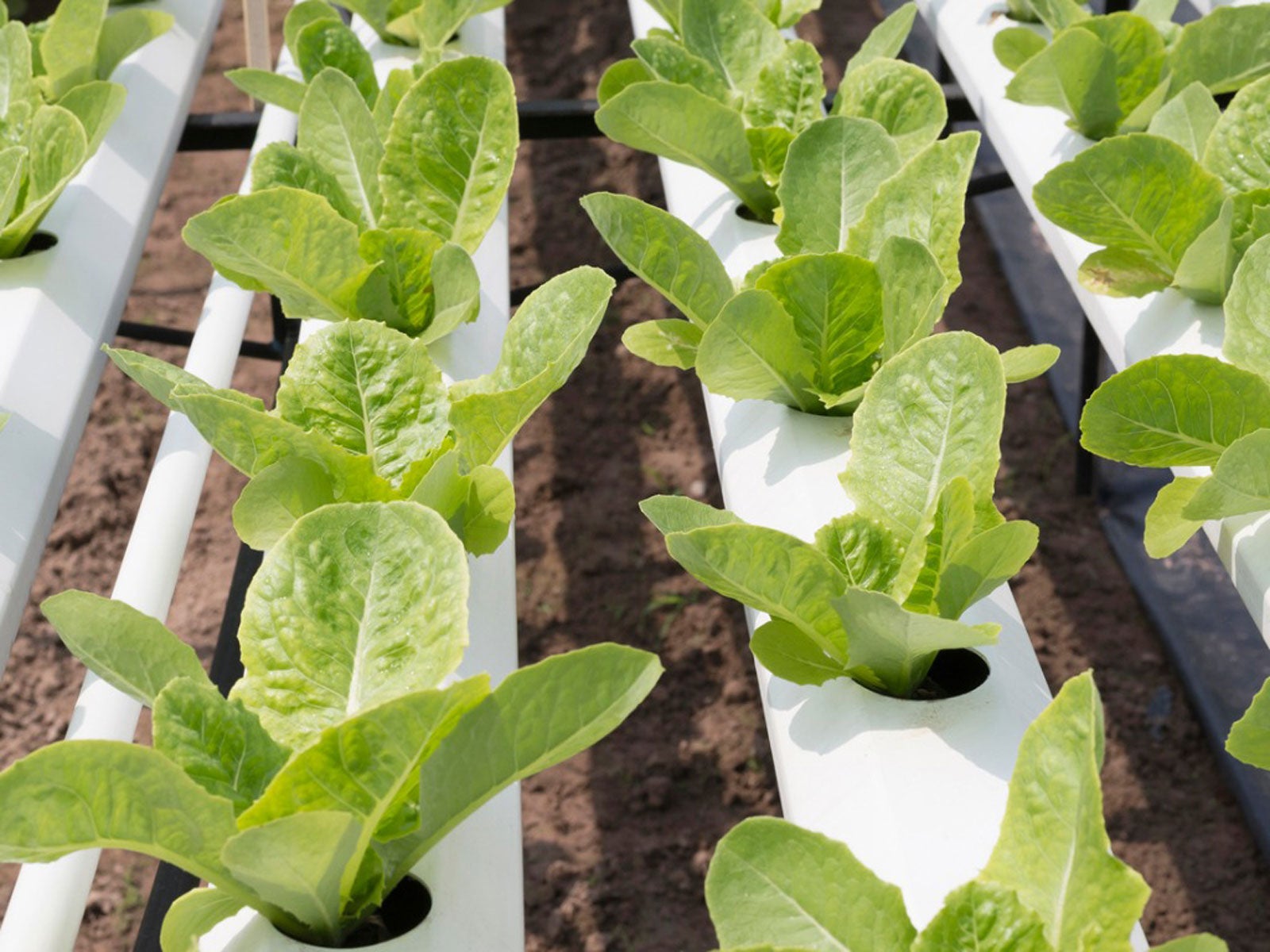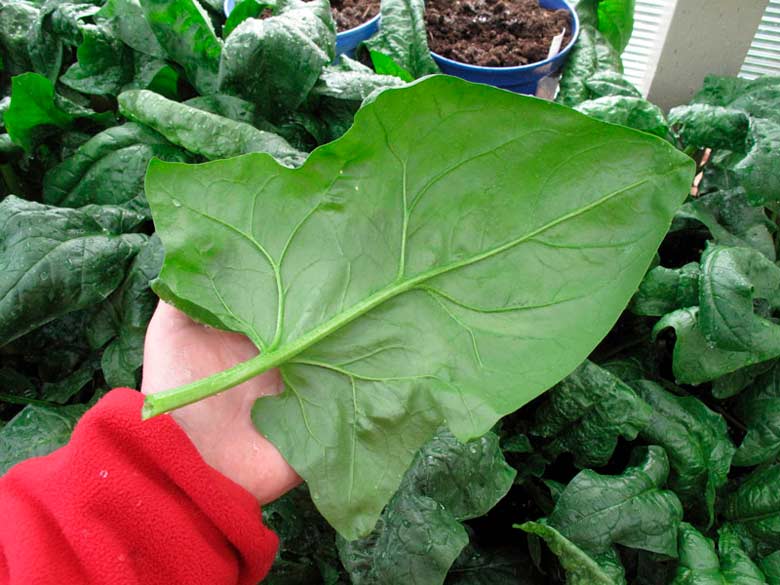How to Grow Spinach Indoors This Winter: Easy Guide

As the winter chill sets in, many gardeners mourn the loss of their vibrant outdoor gardens. But what if you could bring a touch of green indoors? Growing spinach indoors during winter is not only possible but also incredibly rewarding. Imagine having fresh, homegrown spinach for your salads and smoothies all year round. Let's dive into this easy guide on indoor spinach cultivation and discover how you can turn your home into a thriving winter garden.
Why Grow Spinach Indoors?
Growing spinach inside offers numerous benefits. Firstly, it ensures a continuous supply of fresh, nutritious greens throughout the cold months. Secondly, indoor spinach cultivation is a great way to keep your green thumb active when outdoor gardening is not an option. Lastly, it's a fun and educational project for the whole family.
Getting Started: What You Need
Before you embark on your indoor spinach adventure, you'll need a few essentials:
- Seeds: Choose spinach varieties that are suitable for container gardening, such as 'Space' or 'Bloomsdale Long Standing'.
- Containers: Opt for pots or trays with good drainage.
- Soil: Use a well-draining potting mix rich in organic matter.
- Light: Spinach needs plenty of light, so a south-facing window or grow lights are ideal.
- Water: Regular watering is crucial for healthy spinach growth.
Step-by-Step Guide to Growing Spinach Inside
Choosing the Right Variety
Selecting the right spinach variety is crucial for successful indoor cultivation. Look for compact, fast-growing types that are well-suited to container gardening. Some popular choices include 'Space', 'Bloomsdale Long Standing', and 'Red Cardinal'.
Preparing Your Containers
Choose containers that are at least 6 inches deep and have good drainage holes. Fill them with a high-quality potting mix that is rich in organic matter. This will provide the necessary nutrients for your spinach plants to thrive.
Planting the Seeds
Plant spinach seeds about 1/2 inch deep in the soil. Space them about 2 inches apart to allow for proper growth. Cover the seeds lightly with soil and water them gently. Keep the soil consistently moist but not waterlogged.
Providing Adequate Light
Spinach needs plenty of light to grow well. Place your containers near a south-facing window where they can get at least 6 hours of sunlight daily. If natural light is limited, consider using grow lights to supplement.

Watering and Fertilizing
Regular watering is essential for healthy spinach growth. Keep the soil consistently moist but avoid overwatering, which can lead to root rot. Use a balanced liquid fertilizer every 2-3 weeks to provide the necessary nutrients.
Maintaining Optimal Temperature
Spinach prefers cool temperatures, making it ideal for indoor winter gardening. Aim for a temperature range between 60-70°F (15-21°C) during the day and slightly cooler at night. Avoid placing your containers near heat sources like radiators or fireplaces.
Harvesting Your Spinach
Spinach is ready to harvest when the leaves are about 3-4 inches long. You can either harvest the entire plant or pick individual leaves, allowing the plant to continue growing. Regular harvesting encourages new growth and ensures a continuous supply of fresh spinach.
Winter Spinach Care Tips
Pest Control
Indoor spinach cultivation can sometimes attract pests like aphids or spider mites. Regularly inspect your plants for signs of infestation and treat them with organic pesticides if necessary.
Humidity Management
Maintaining the right humidity level is crucial for spinach growth. If your indoor air is dry, consider placing a tray of water near your plants to increase humidity.
Rotating Containers
Rotate your containers regularly to ensure even light exposure. This helps prevent your spinach plants from becoming leggy and ensures uniform growth.

Common Challenges and Solutions
Leggy Plants
If your spinach plants become leggy, it's likely due to insufficient light. Move them to a brighter location or supplement with grow lights.
Yellowing Leaves
Yellowing leaves can indicate overwatering or nutrient deficiency. Ensure proper drainage and adjust your watering schedule. Use a balanced fertilizer to provide the necessary nutrients.
Slow Growth
Slow growth can be caused by inadequate light or temperature fluctuations. Ensure your plants receive enough light and maintain a consistent temperature.
Conclusion
Growing spinach indoors during winter is a rewarding and enjoyable experience. With the right variety, proper care, and a bit of patience, you can have a thriving indoor garden that provides fresh, nutritious greens all year round. So, why not give it a try? Your taste buds and your green thumb will thank you!
FAQs
1. What are the best spinach varieties for indoor cultivation?
Some of the best spinach varieties for indoor cultivation include 'Space', 'Bloomsdale Long Standing', and 'Red Cardinal'. These varieties are compact and well-suited to container gardening.
2. How much light does spinach need to grow indoors?
Spinach needs plenty of light to grow well indoors. Aim for at least 6 hours of sunlight daily. If natural light is limited, supplement with grow lights.
3. What is the ideal temperature for growing spinach indoors?
Spinach prefers cool temperatures, ideally between 60-70°F (15-21°C) during the day and slightly cooler at night. Avoid placing your containers near heat sources.
4. How often should I water my indoor spinach plants?
Regular watering is essential for healthy spinach growth. Keep the soil consistently moist but avoid overwatering. Water your plants when the top inch of soil feels dry.
5. How do I know when my spinach is ready to harvest?
Spinach is ready to harvest when the leaves are about 3-4 inches long. You can either harvest the entire plant or pick individual leaves, allowing the plant to continue growing.
0 Response to "How to Grow Spinach Indoors This Winter: Easy Guide"
Post a Comment